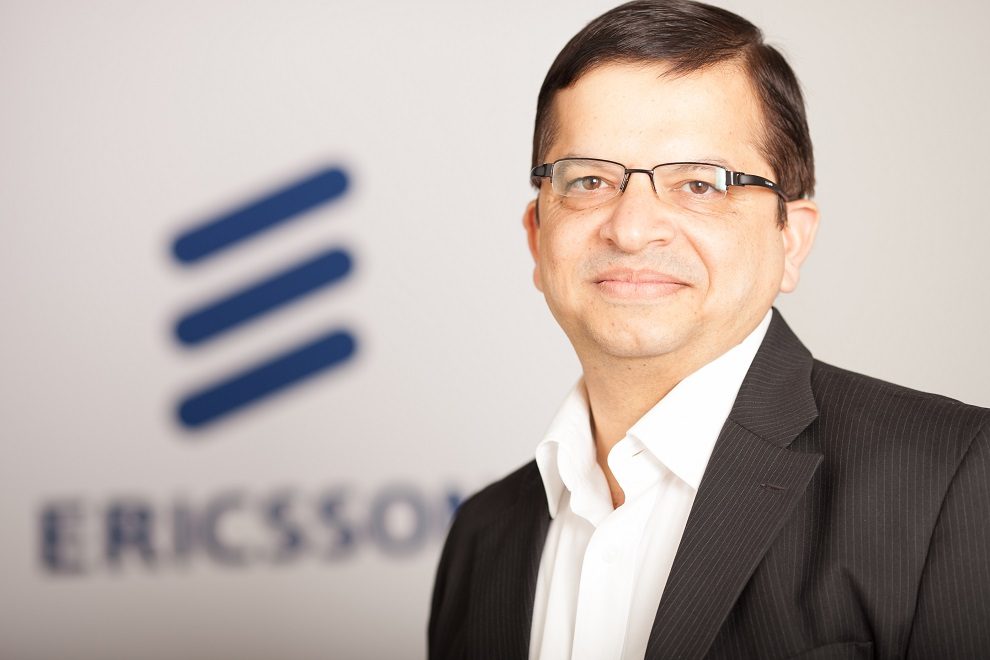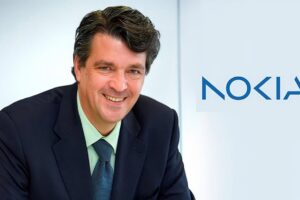The new normal is digital, and digital is the only direction we can expect consumers to go in the foreseeable future! Meeting this challenge will mean optimizing the efficiency of ICT networks – a digital transformation. And success in this transformation to digital depends upon service providers being able to deliver excellence in mobile communications.
The COVID-19 pandemic has had a substantial impact on people in many countries and their daily lives, but consumers see resilient networks as a vital help in coping with everyday life. The importance of mobile communications is reflected in increased usage. The daily time consumers spent connected to fixed broadband increased by two and a half hours during the crisis, while the time spent connected to mobile broadband increased by an average of one hour per day, according to a recently conducted study by Ericsson Consumer & Industry Lab.
Although the pandemic created new concerns for consumers, they are still buying new devices and expanding their usage of ICT services. As new digital behaviors are forming, the critical role of communications service providers to support a functioning society with flawless digital communication capabilities in times of crisis has become apparent.
Paving the Way Towards a Digital Future
To cater to the demands of the future, we need stronger, more reliable networks for mobile connectivity. That’s where 5G comes in. 5G offers wireless speeds comparable to today’s fixed broadband at home while delivering better energy efficiency than modern 4G networks.
As the next step in the evolution of mobile communication, the key aim of 5G is to provide connectivity everywhere for any kind of device that may benefit from being connected. 5G will support a wide range of new applications and use cases, including smart homes, traffic safety, critical infrastructure, industry processes and very-high-speed media delivery.
To meet the demands of the new applications and use cases, the capabilities of 5G will extend far beyond previous generations of mobile communication. Examples are very high data rates, a very short delay (latency), ultra-high reliability, high energy efficiency and ability to handle many more devices within the same area. But it is about far more than powering smartphones. And it will accelerate the development of the Internet of Things.
This will be one of the most significant technological transformations of the twenty-first century, with implications for nearly all sectors of society, including labor and financial markets, as well as shaping demand for goods and services. In response, technologies such as Artificial Intelligence and automation have great potential to improve the way we live and work.
Consumer Expectations of 5G Networks
As connectivity is increasingly important for consumers to carry out work- and leisure-related activities, expectations for better network experiences become higher. According to the Ericsson Consumer Lab study, six in 10 smartphone users have a clear positive attitude towards the role 5G could have played during the crisis, and about half of them strongly agree that 5G could have offered both better network capacity and higher speeds compared to 4G. They also believe that society overall could have benefited hugely from 5G.
There was a similar level of agreement related to 5G’s role from a medical perspective. For example, medical specialists could have used 5G to control medical equipment via remote centers or 5G-enabled robots could have carried out tests, reducing the time medical staff need to spend in infectious spaces.
The survey also reveals that current 5G users carry out more activities online than 4G users, such as grocery shopping, streaming videos and playing games. 5G users are also more optimistic about 5G’s potential. Although 4 in 10 respondents strongly agree that 5G coverage should be rolled out much faster, so they can have a faster network than their fixed broadband at home, as many as six in 10 5G users strongly agree with this.
Current 5G users agree to a larger extent than 4G users that mobile broadband is more important to them than fixed broadband. In fact, 23 percent of current 5G users think mobile broadband is more important in a comparison with fixed, while another 48 percent say the networks are equally important.
The pandemic has driven adoption and increased usage of many ICT services that have enabled consumers to build a new normal underpinned by connectivity.
The digital evolution of the customers themselves means that the question for service providers is no longer when to start the journey towards next-generation connectivity. The answer to that is already an unequivocal ‘now!’ The only real question is where to start and what to accelerate.
This will also build a foundation for the potential role that 5G could play in enriching services and making the management of such a crisis much easier, helping to keep us all connected when we have to stay apart.












